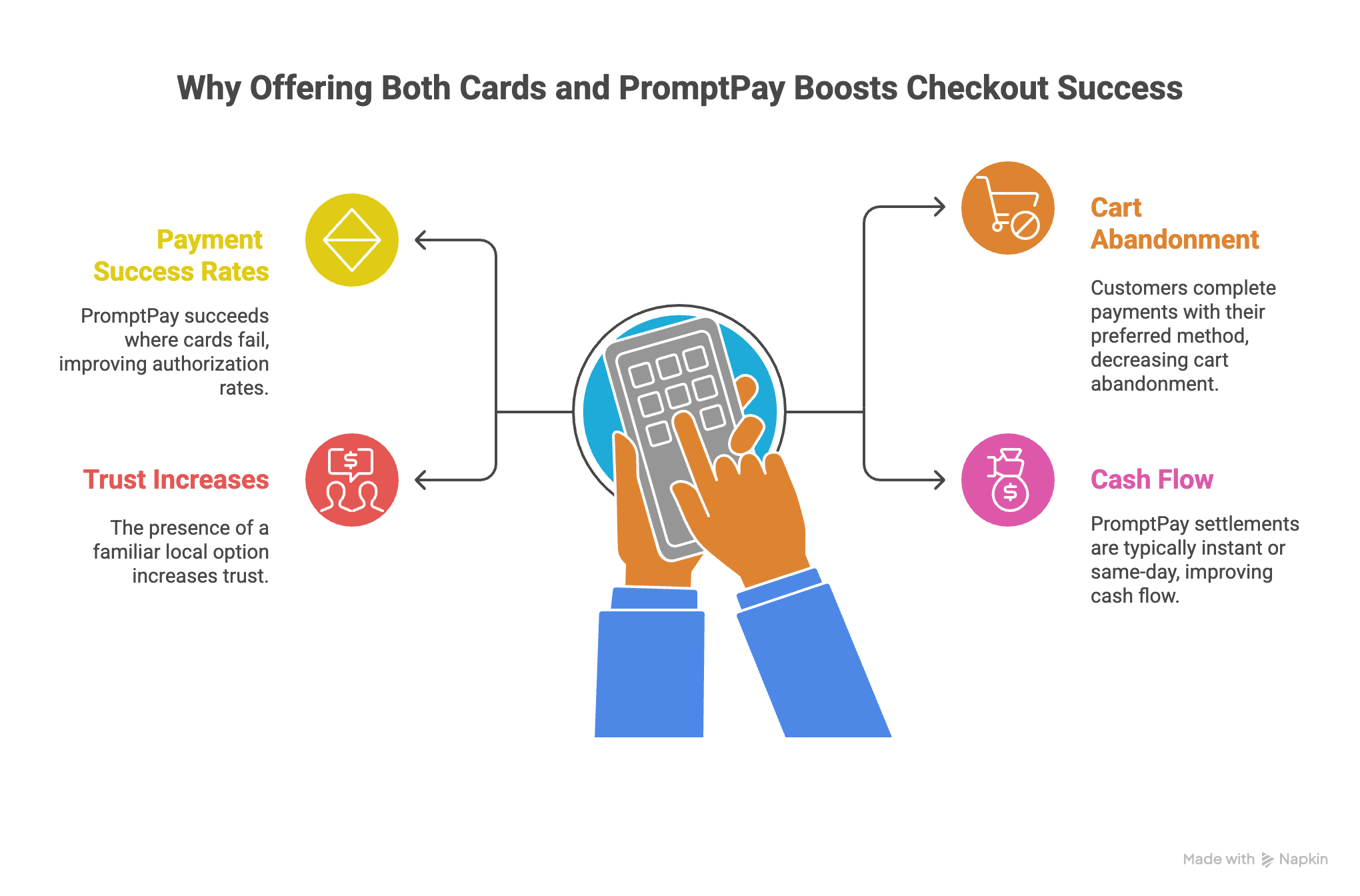The Challenge of Going Global
Global expansion is the dream for every ambitious business — from SaaS startups to digital marketplaces and exporters of goods. But with that dream comes one of the most complex realities: managing money across borders.
When a Singapore SaaS company starts billing clients in Europe, or a Brazilian exporter begins shipping to India, payments become the biggest source of friction. Foreign exchange losses, entity setup costs, long settlement times, and compliance hurdles can all eat away at the margins and momentum businesses work so hard to achieve.
At the heart of this challenge is a choice: continue relying on traditional bank accounts or switch to modern multi-currency virtual accounts. This decision can define whether international growth is profitable or painful.
The Scale of Cross-Border Payments Today
Cross-border payments are no longer a niche concern. According to industry research, the global cross-border payments market is expected to hit $290 trillion annually by 2030, growing steadily as digital commerce and global trade expand.
But with that growth comes cost: businesses lose over $120 billion annually in unnecessary FX spreads, hidden banking fees, and delays. Traditional banks were not designed to serve thousands of small, high-frequency, multi-market transactions. Instead, they built for large corporates with dedicated treasury teams — not for today’s SaaS CFO or marketplace operator trying to move fast.
This is why alternatives like multi-currency virtual accounts are becoming essential infrastructure for modern global businesses.
Why Traditional Bank Accounts Fall Short
1. Forced FX Conversions
When your European client pays you €50,000, banks will often auto-convert it into your home currency (USD, SGD, INR) immediately. The problem? You have no control over the rate, and the spread is typically 2–4% per transaction. That’s $1,500–$2,000 gone before the money even reaches you.
2. Entity Requirements
Banks require a local legal entity before allowing you to open a local account. Setting up an entity takes months of paperwork, legal fees, tax registrations, and ongoing compliance obligations. For many SaaS startups and mid-sized exporters, this is a deal-breaker.
3. Delays and Inefficiencies
SWIFT wires can take 3–5 business days to settle. Reconciling multiple transactions across different banks and time zones requires large ops teams. Missed references or mismatched amounts delay reconciliation further.
4. Hidden Fees
SWIFT charges, compliance checks, and “lifting” fees (intermediary banks taking cuts) mean you almost never receive the full payment amount.
In short: Traditional banking locks global businesses into a system designed for another era — one that bleeds margins and slows growth.
What Multi-Currency Virtual Accounts Solve
Multi-currency virtual accounts are designed for speed, flexibility, and transparency. They replicate the experience of having a local bank account in multiple markets, without the need to set up entities.
Collect Like a Local
Get named virtual accounts in 35+ currencies — USD, EUR, INR, SGD, GBP, and more. Customers pay you in their familiar, local rails. To them, it looks like a domestic transaction. To you, it’s global reach without entity headaches.
Hold Balances Without Forced Conversion
Instead of auto-conversions, you can hold balances in foreign currencies and convert only when it suits your treasury strategy. This protects margins and gives you flexibility to time FX conversions.
Simplify Reconciliation
One dashboard consolidates all collections, currencies, and markets. No more chasing SWIFT references across different banks.
Enable Faster Payouts
From the same account, disburse payments to suppliers, employees, or partners in 100+ currencies. Same-day settlement keeps your cash flow healthy.
Banks vs. Virtual Accounts: A Side-by-Side Comparison
What This Means for SaaS CFOs
- Predictable margins without FX surprises.
- Faster entry into new markets without entity cost.
- Leaner finance teams thanks to easier reconciliation.
What This Means for Exporters
- Win buyer trust by offering local accounts in INR, USD, EUR.
- Avoid forced FX → preserve competitiveness on pricing.
- Speed up settlement → better working capital cycle.
Case Example 1: SaaS Marketplace Expanding Across Asia
A SaaS marketplace in Singapore planned to expand into Europe and Southeast Asia. With traditional banks, they faced:
- 3-month delays to set up entities and open accounts.
- Auto-conversions from EUR and IDR into SGD, losing ~3% on each transaction.
- Frustrated customers paying high cross-border fees.
By switching to virtual accounts, they:
- Collected in EUR and IDR directly via local rails.
- Held balances until FX rates were favorable.
- Expanded into 5 new markets in under 2 weeks.
Case Example 2: Brazilian Exporter Selling to India
A Brazilian agribusiness exporting to India struggled with high FX costs and trust issues from Indian buyers. Buyers disliked wiring money to Brazil, preferring to pay locally in INR.
With Tazapay’s INR virtual accounts, the exporter:
- Offered Indian buyers a local INR account, building trust.
- Avoided double FX conversions (BRL → USD → INR).
- Improved cash flow with same-day settlements.
The result? 3–4% margin improvement and faster repeat orders thanks to smoother payments.
The Future: Borderless Finance as the Default
Just as cloud computing replaced on-prem servers, borderless multi-currency accounts will replace traditional banking for global businesses.
Trends already underway:
- Regulators encouraging fintech alternatives for SME exporters.
- Businesses expecting instant settlement as table stakes.
- CFOs demanding treasury agility to survive volatile FX cycles.
In 3–5 years, the idea of “setting up a local entity just to open a bank account” will feel as outdated as mailing checks.
Final Takeaway: Flexibility Wins in Global Finance
Global expansion is no longer limited by ambition — it’s limited by how fast you can move money. Traditional bank accounts lock businesses into delays, forced FX, and hidden costs.
Multi-currency virtual accounts remove those barriers, giving you speed, control, and transparency. Whether you’re a SaaS CFO, marketplace operator, or exporter, the future of scaling globally is about acting local without being local.
👉 See how Tazapay can help you collect, hold, and payout in 35+ currencies without opening local entities. Expand like a local, without the costs and complexity. Contact us to know more.
FX losses occur when funds are converted prematurely or at unfavorable rates, reducing your overall revenue. These small gaps compound significantly across multiple transactions.
Virtual accounts let you collect and hold funds in the same currency without immediate conversion. You can convert or pay out later when rates are more favorable.
No. Tazapay allows businesses to open named virtual accounts in 35+ currencies without the need for local entity registration.
Tazapay supports collections in 35+ currencies and payouts in 100+ currencies through local bank rails or SWIFT.
Yes. You can initiate global payouts directly from your virtual account balances — all managed in one unified dashboard.
Tazapay operates under licenses and registrations with MAS (Singapore), FINTRAC (Canada), AUSTRAC (Australia), and VASP (Lithuania).






.png)






